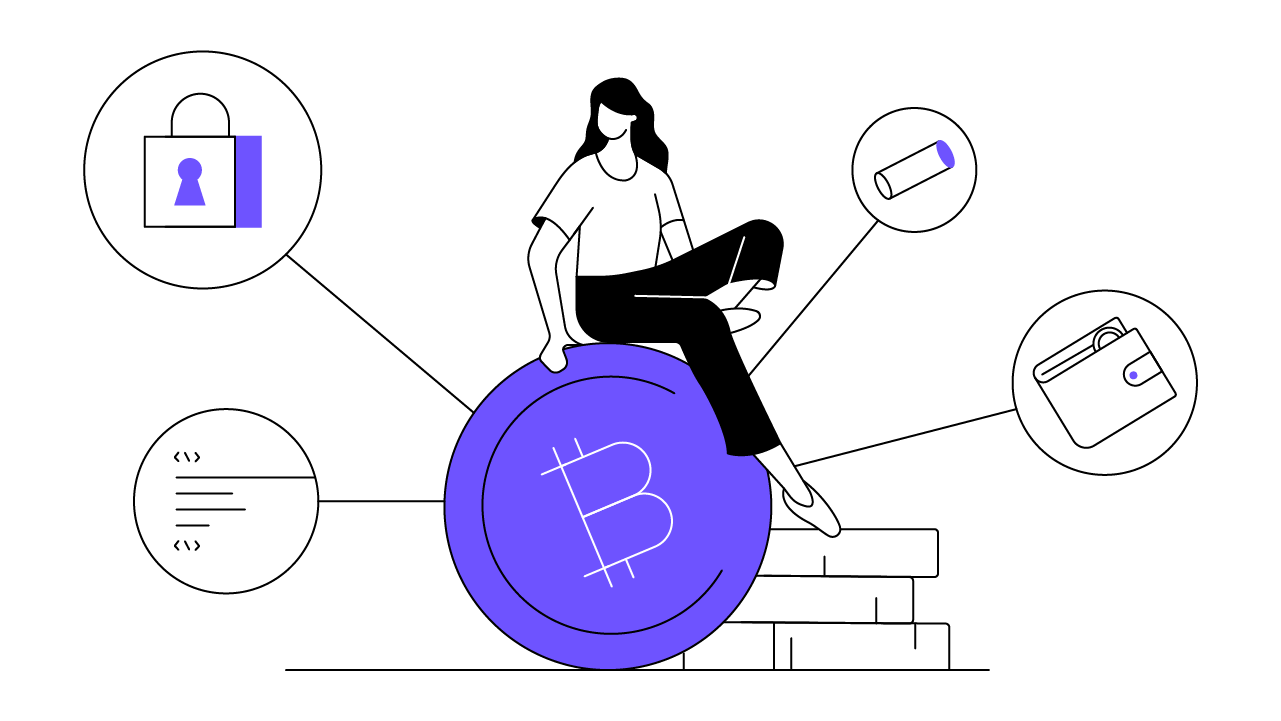Contents
Nano (NANO): A Zero-Fee Digital Payment Platform
Nano provides everyday payments for people and businesses without transaction fees.
Updated November 16, 2023 • 3 min read

Summary
Nano is a fee-less decentralized payments protocol built on a block lattice instead of a single blockchain. The native cryptocurrency of the Nano network is also called NANO, which can be sent seamlessly through the WeNano app. While its design enables users to send NANO for free, some aren’t sure its protocol is immune to online attacks.
The Nano Crypto Payment Protocol
Launched in 2015, Nano is a zero-fee digital-payments protocol that facilitates instant payment transactions between users. This means that it costs users nothing to send payments over the Nano network and transactions are executed in a matter of seconds. The native cryptocurrency of the Nano network is also called Nano (NANO), and it can be utilized to facilitate everyday payments between people or businesses without transaction fees. Nano can also be used within the WeNano app — available on iOS and Android — a social wallet that facilitates payments, tips, and allows you to discover other Nano users nearby.
Compared to Proof-of-Work (PoW) networks like Bitcoin, Nano offers a significantly more eco-friendly distributed-payments network. That’s because Nano utilizes what’s called a block lattice — a Directed Acyclic Graph (DAG) data structure in which individual accounts each control their own blockchain instead of using a single blockchain for the entire network. This dramatically increases transaction speeds, which lets Nano’s crypto transaction confirmations execute much more rapidly than most cryptocurrencies.
Nano’s DAG Network Structure — A Technical Overview
While Nano’s block lattice architecture has similarities to a blockchain infrastructure, it is differentiated in a number of fundamental ways. Most importantly, on Nano, individual users control their own individual blockchains rather than forming distributed consensus over a shared blockchain. Achieving consensus — either through Proof of Work or Proof of Stake (PoS) — is the most complex and challenging function of any blockchain network, and Nano’s block lattice eschews the process entirely.
Here’s how it works: To initiate a Nano coin transaction, the sender publishes a block to their own blockchain that debits their account for the amount to be sent to the recipient. Then, the recipient must publish a block that credits their account for the amount sent. Every block contains a user-generated Proof of Work — a piece of data that is costly and time-consuming to produce, but easy to verify. However, Nano does not utilize PoW to reach consensus across its wider network. Instead, Nano uses a consensus mechanism dubbed Open Representative Voting (ORV). With ORV, representatives vote on the validity of transactions published to the network, with blocks being confirmed after a quorum is reached.
Anyone can become a representative by running a node on the Nano DAG network. Nano users elect representatives by delegating the balance of their Nano coin account to representatives of their choice. Importantly, delegating the balance of your account is not the same as staking your funds: If you delegate your balance you will still be able to spend your funds without restriction. As of March 2021, there were more than 100 Nano representatives with more than 13 million NANO delegated.
A Question of Incentives
Nano is notably different from other blockchain-based networks in that there are no financial incentives for running a node and acting as a representative. This is why Nano is able to operate without transaction fees. Nano argues that node operators are instead driven by external incentives, such as cryptocurrency exchanges that earn fees through NANO trades, and merchants who can avoid fees normally associated with credit cards.
However, some critics have argued that Nano’s fee-less design comes at the expense of decentralization and makes it vulnerable to attacks — particularly Sybil attacks in which an attacker operates many pseudonymous nodes to gain a disproportionate amount of control over the network, or Denial-of-Service (DoS) attacks, which flood the network with transactions.
Thus, while a feeless payment network appeals to users — particularly when transaction fees on other blockchains can be expensive — it is necessary to consider whether the incentives of users and representatives are aligned in a way that promotes the security, decentralization, and health of the network.
Cryptopedia does not guarantee the reliability of the Site content and shall not be held liable for any errors, omissions, or inaccuracies. The opinions and views expressed in any Cryptopedia article are solely those of the author(s) and do not reflect the opinions of Gemini or its management. The information provided on the Site is for informational purposes only, and it does not constitute an endorsement of any of the products and services discussed or investment, financial, or trading advice. A qualified professional should be consulted prior to making financial decisions. Please visit our Cryptopedia Site Policy to learn more.

Is this article helpful?


